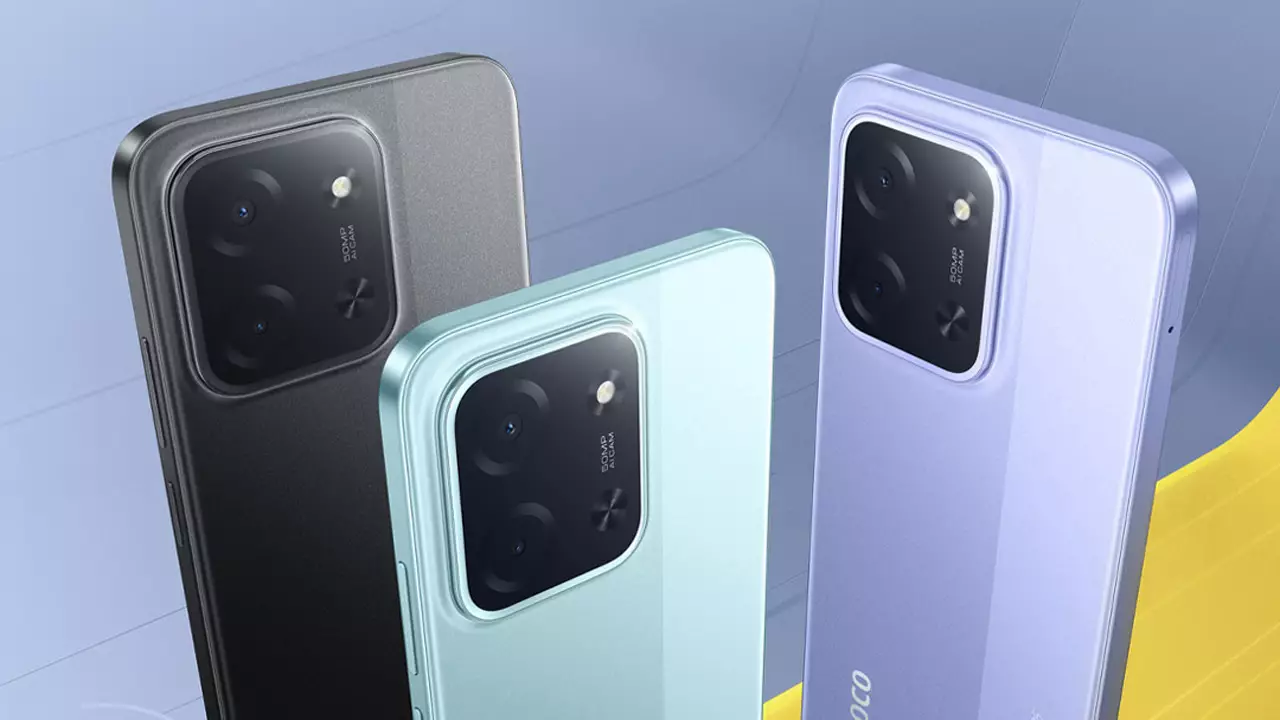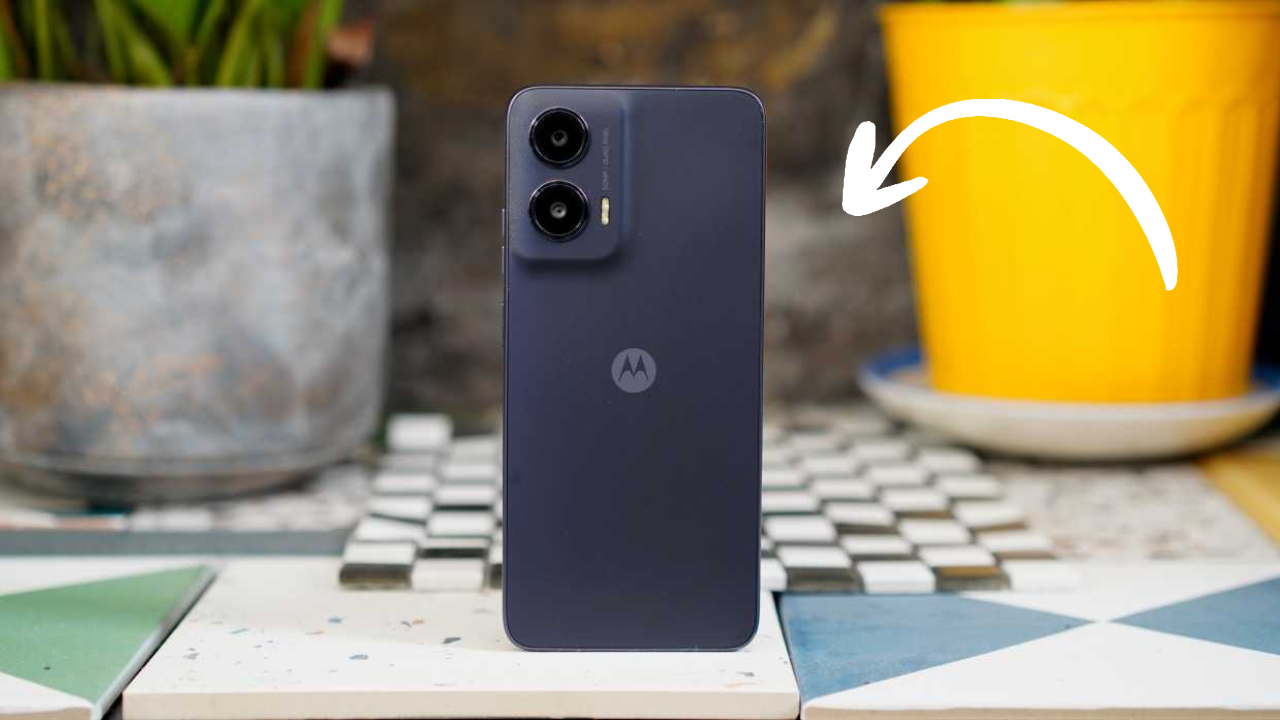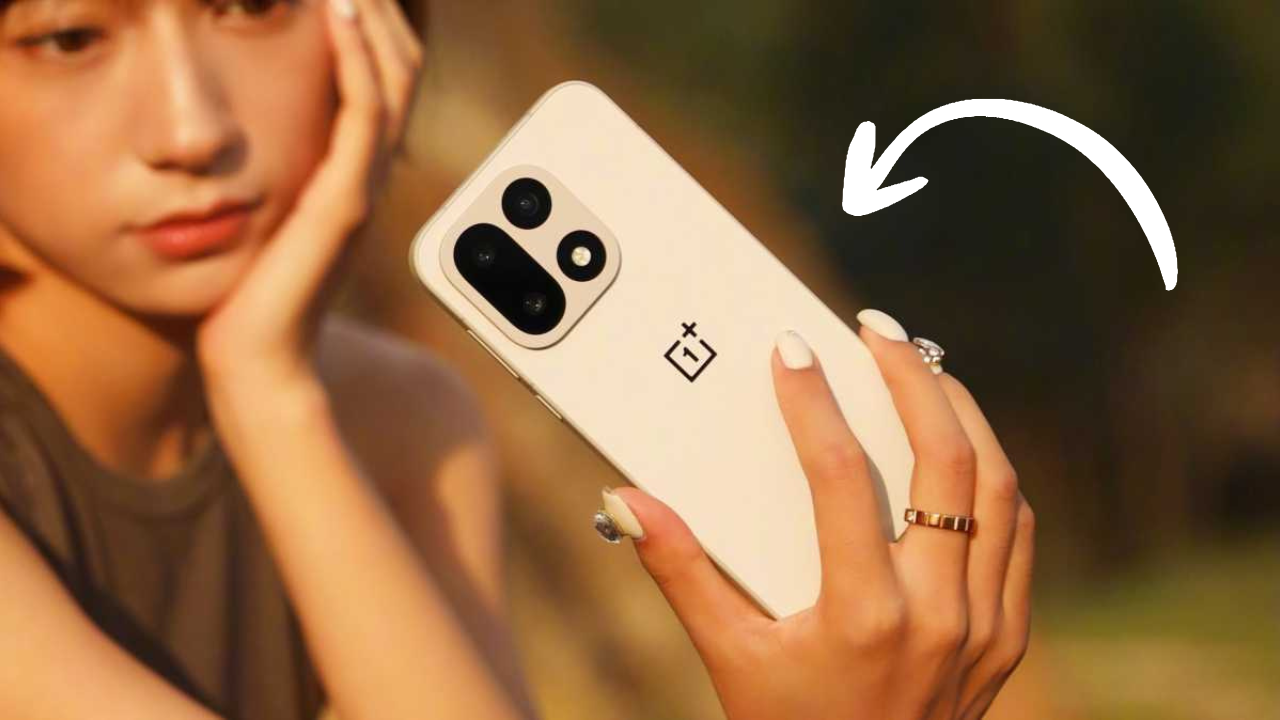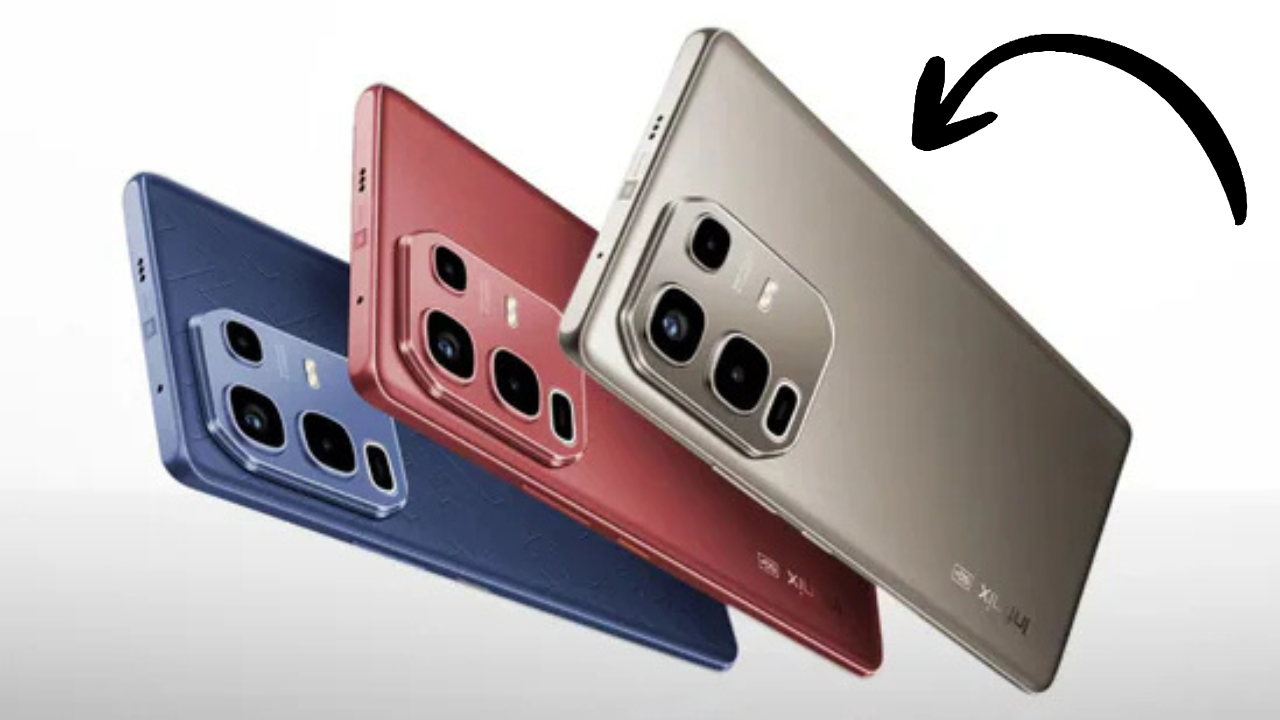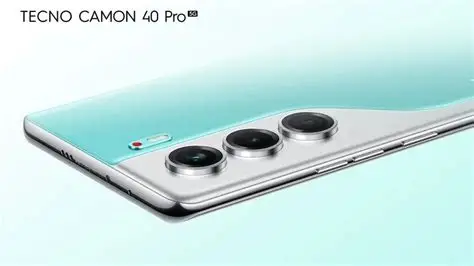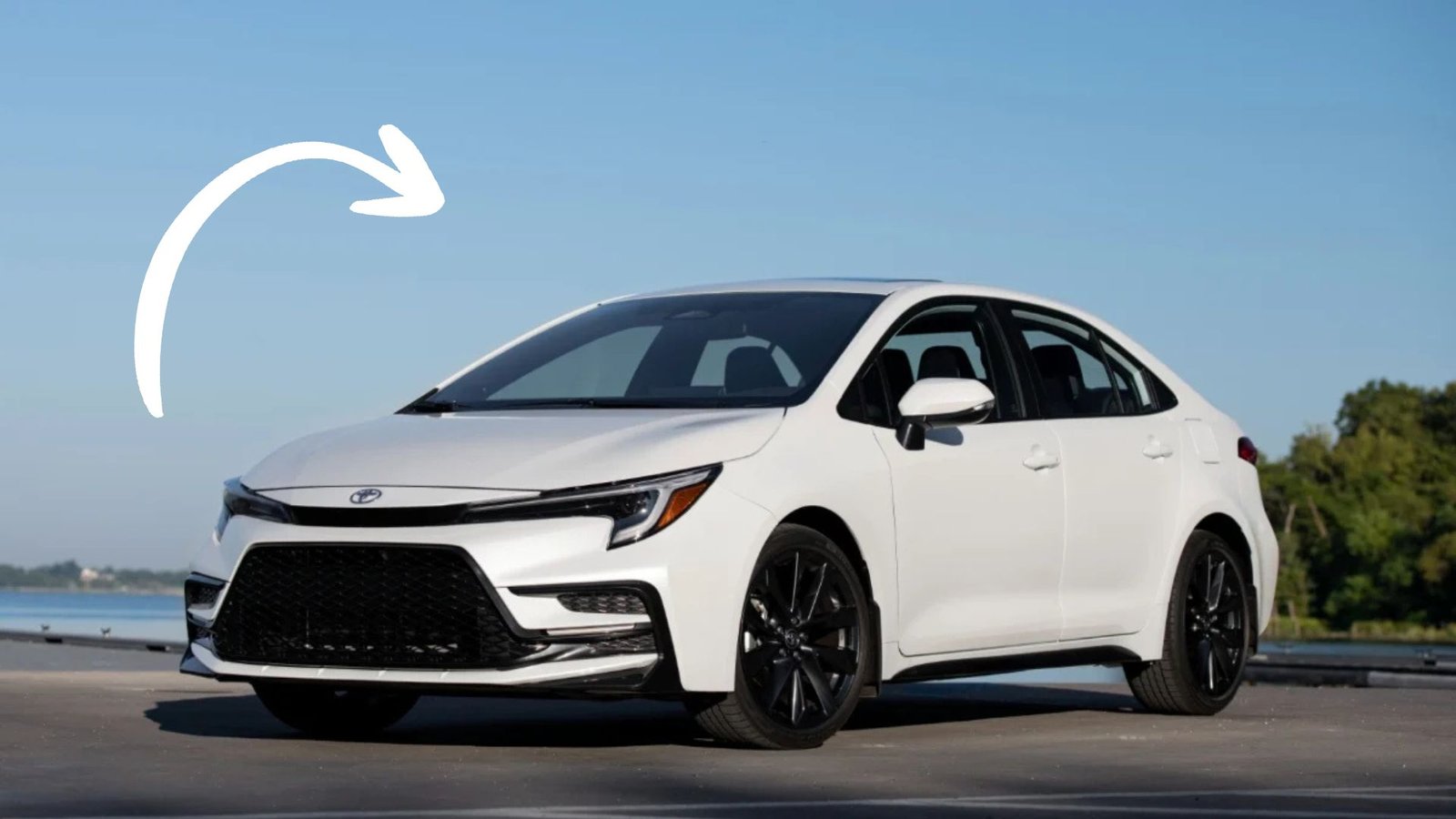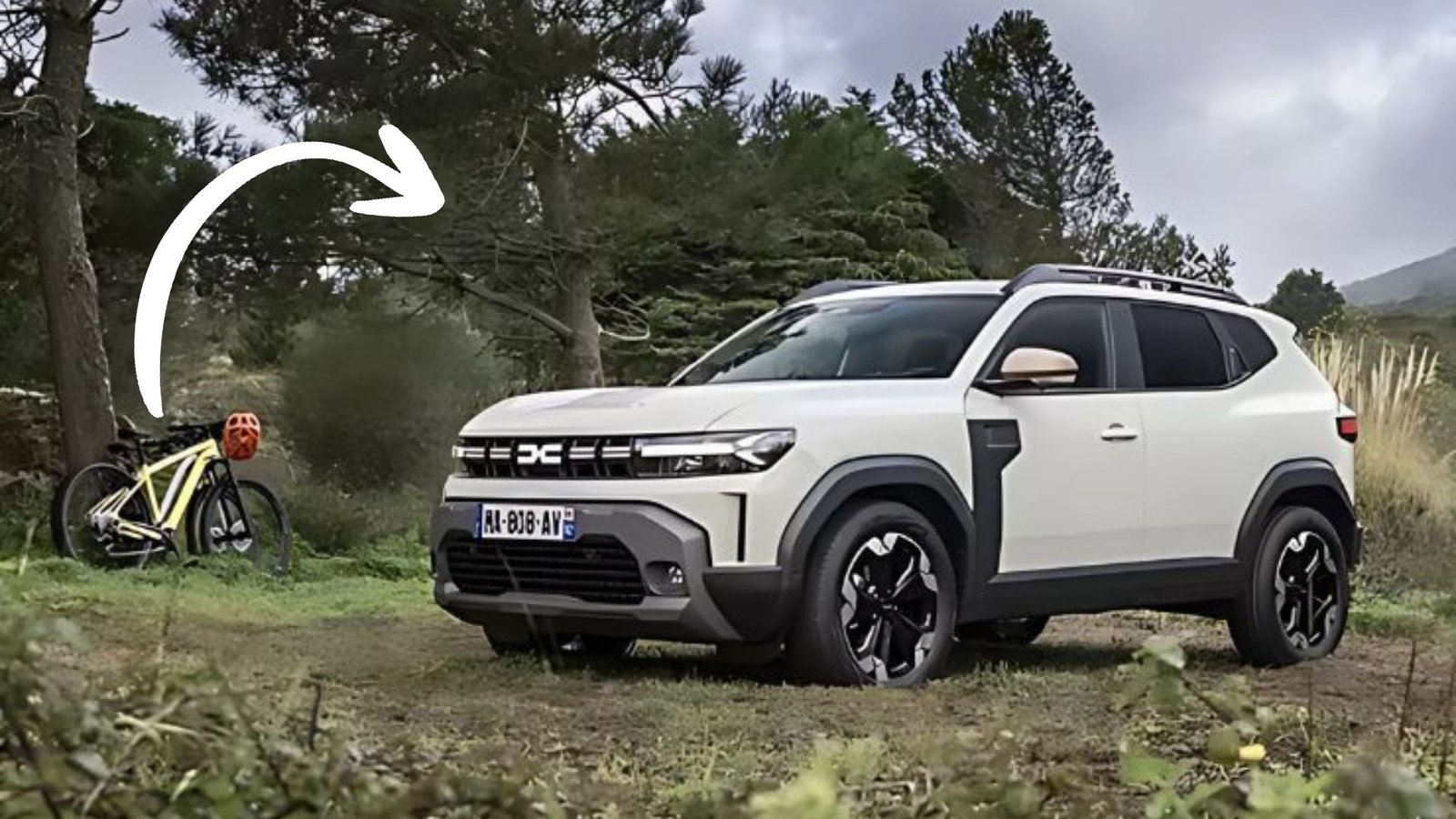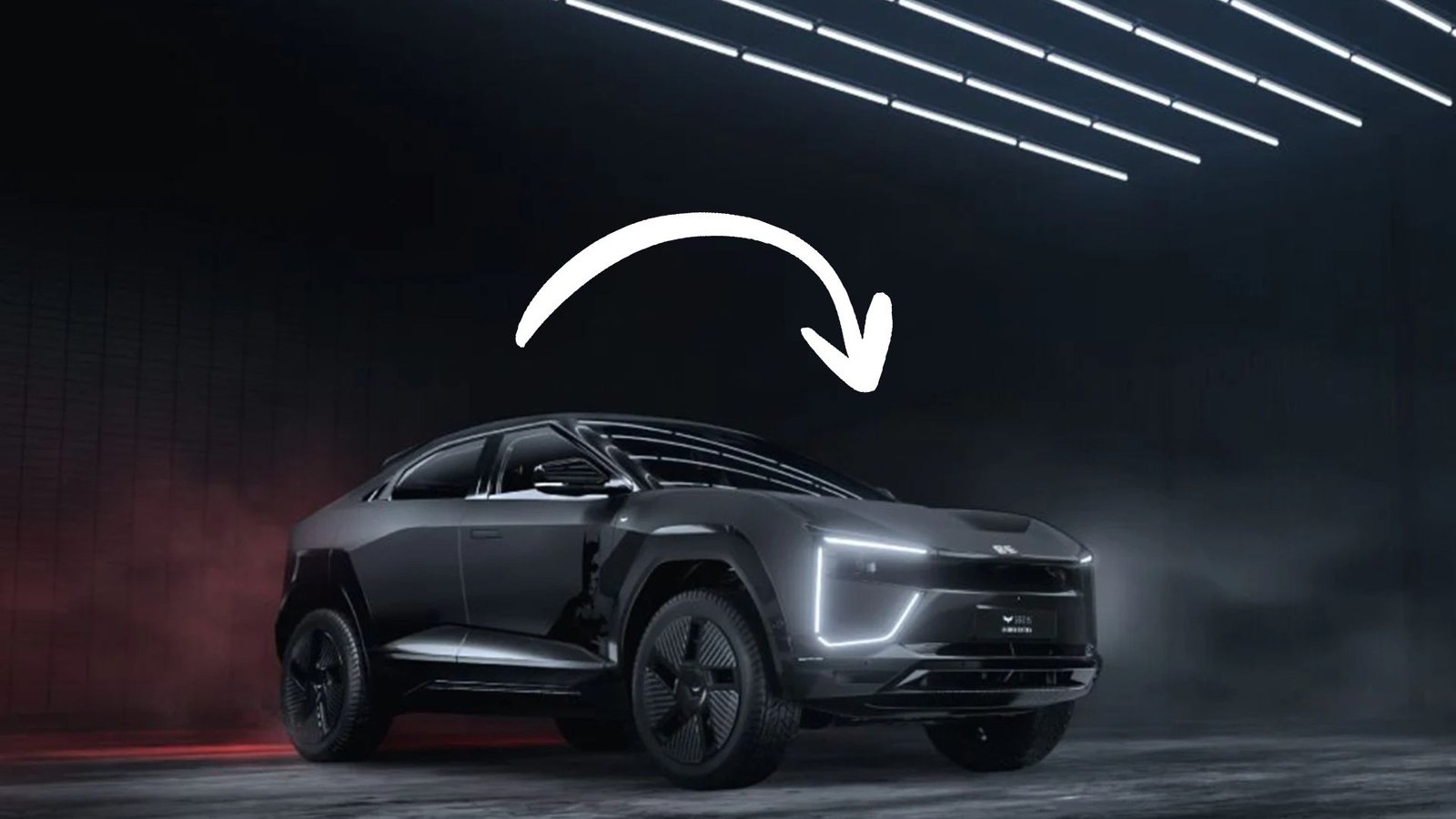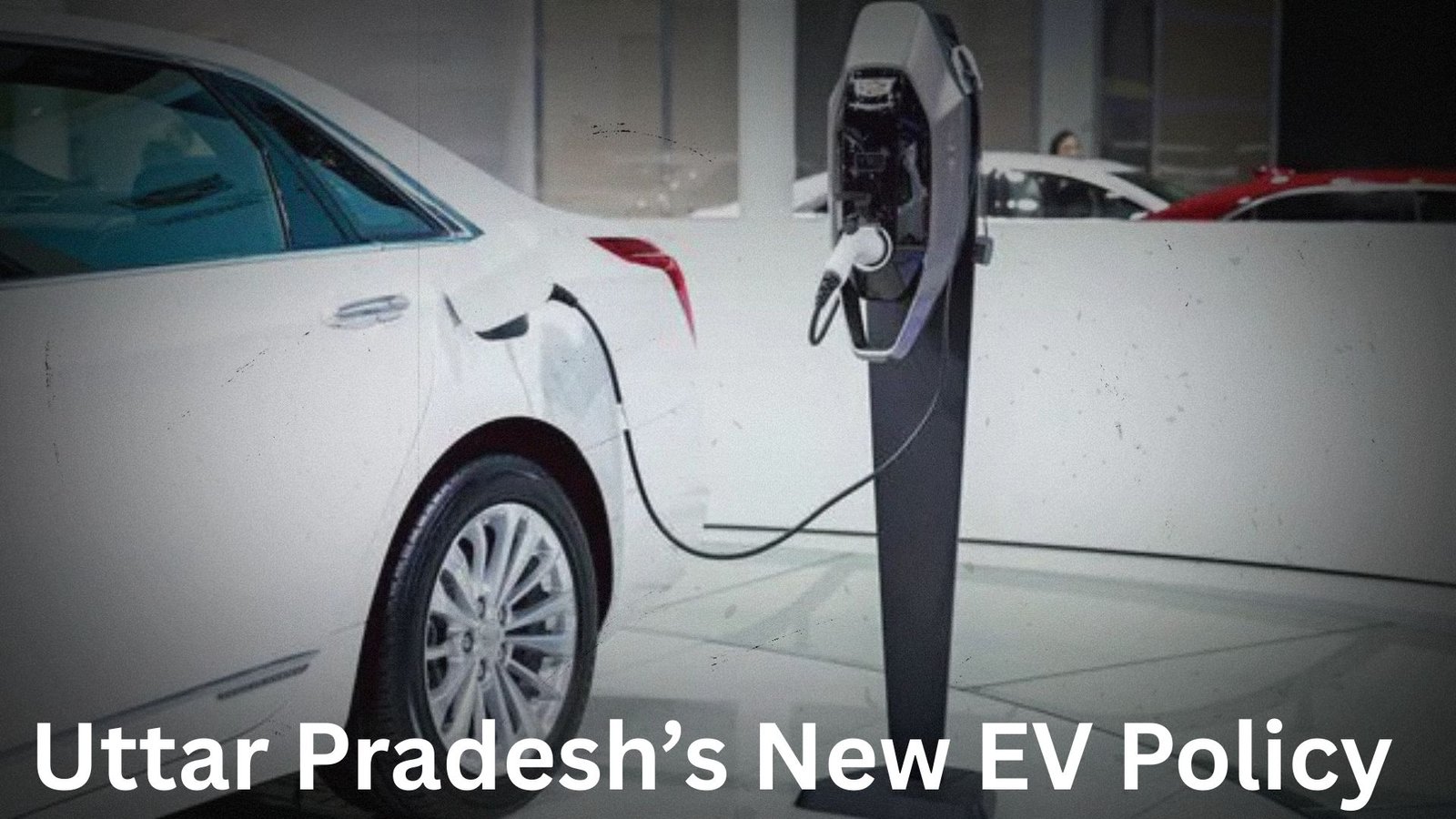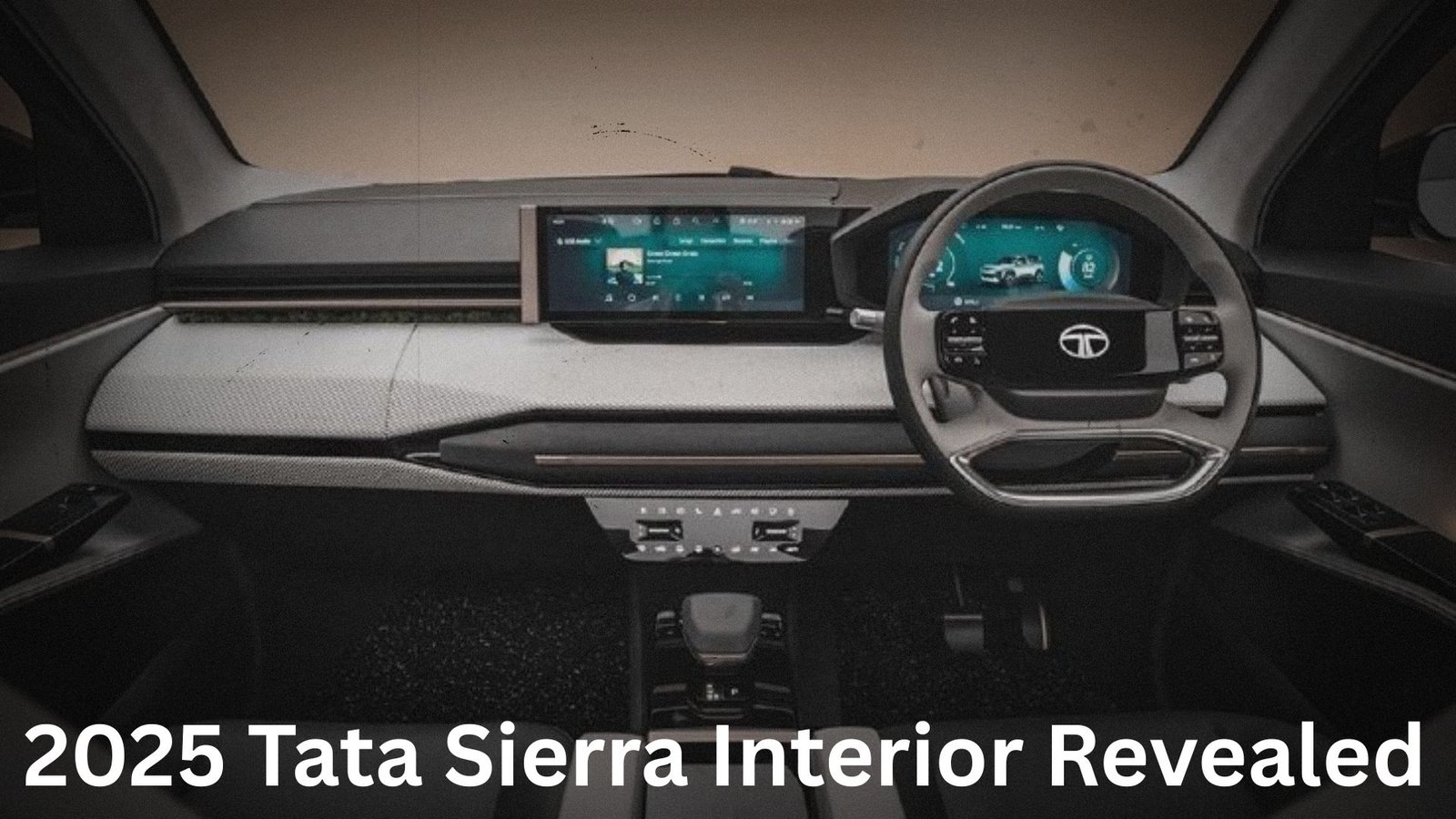POCO has introduced the **C85**, a budget smartphone that delivers impressive hardware at a very competitive price. The base model, with 6 GB RAM and 128 GB storage, starts at around **₹9,600** (approx.), making it one of the most accessible phones with such large battery, camera, and display specs. Its strong points are a 6.9-inch display, a powerful 6,000 mAh battery, and a 50 MP rear camera—features normally seen in higher-priced models.
Designed for everyday users who want more than just basic functionality—streaming, social media, web browsing, casual photography—the POCO C85 offers a compelling package. While it doesn’t match flagship phones in raw performance, its feature set gives good value for people focused on battery life, display smoothness, and essential modern features.
POCO C85
| Model | POCO C85 |
| Display | 6.9″ HD+ LCD, 120 Hz, 810 nits peak |
| Processor | MediaTek Helio G81 Ultra |
| RAM / Storage Options | 6/128 GB, 8/256 GB + microSD up to 1 TB |
| Rear Camera | 50 MP (main) + auxiliary sensor |
| Front Camera | 8 MP |
| Battery | 6,000 mAh |
| Charging | 33W wired + ~10W reverse wired (varies) |
| Other Key Features | IP64 rating, 3.5 mm jack, side fingerprint, Bluetooth 5.4 |
| Approx Price | ₹9,500–₹11,500 depending on variant |
Display & Design
The POCO C85 sports a large **6.9-inch HD+ display** with a 120 Hz refresh rate, making scrolling, gaming, and animations feel smoother than the typical 60-Hz phones in this segment. The display supports TÜV Rheinland certifications for low blue light, flicker-free mode, and DC dimming for eye comfort. The front has a waterdrop notch for the selfie camera. The build is fairly slim (~7.99 mm) and weighs about 205 grams, with IP64 rating for dust and splash resistance.
Performance & Storage
Under the hood is the MediaTek Helio G81 Ultra chipset, which handles basic to moderate usage like apps, social media, video streaming, and light gaming sufficiently well. It comes with variants of 6 or 8 GB RAM and 128 or 256 GB internal storage, expandable via dedicated microSD (up to 1 TB). The phone runs Android 15 with POCO’s HyperOS 2 skin. There’s also a side-mounted fingerprint sensor and face unlock for security.
Camera & Battery
The rear camera setup includes a 50 MP main sensor plus a secondary sensor (auxiliary) for depth or basic image enhancements; front camera is 8 MP. While photography will be decent in good lighting, low light performance may lag. For power, the C85 packs a 6,000 mAh battery with 33W wired fast charging, and even supports reverse wired charging (≈10W) in some trims, making it useful for chargers on the go.
Other Features & Limitations
Other useful features include dual-SIM support, USB-C port, 3.5 mm headphone jack, FM radio, and Bluetooth 5.4. Connectivity includes dual-band WiFi and LTE; no 5G. Given the price, materials are mostly plastic; the design is practical rather than premium. The camera system lacks multiple premium sensors (no periscope, no high-end ultrawide), and fast charging is decent but not top-class. Gaming performance for heavy titles will be limited by the Helio G81 Ultra.
Ideal Buyer & Value Proposition
The POCO C85 is ideal for users who want a large screen, long battery life, and decent daily performance at the lowest cost possible. Students, first-time smartphone buyers, or those needing a reliable secondary phone will find this appealing. If you prioritize camera quality in all lighting, high refresh rates beyond 120 Hz, ultra-fast charging, or gaming, you may consider spending more. But for everyday use and media consumption, this is a strong value deal.
Conclusion
The POCO C85 delivers a very balanced smartphone experience in the under-₹10,000 segment. For its price, you’re getting a large, smooth display, huge battery, and decent camera setup—the essentials most people want. If your usage is heavy gaming or great low-light photos, you’ll notice its limits. But if you want a reliable everyday phone with great battery and useful features, this is a strong option. Let me know if you want comparisons with rivals (Redmi / Realme budget models) or variants to watch out for.
